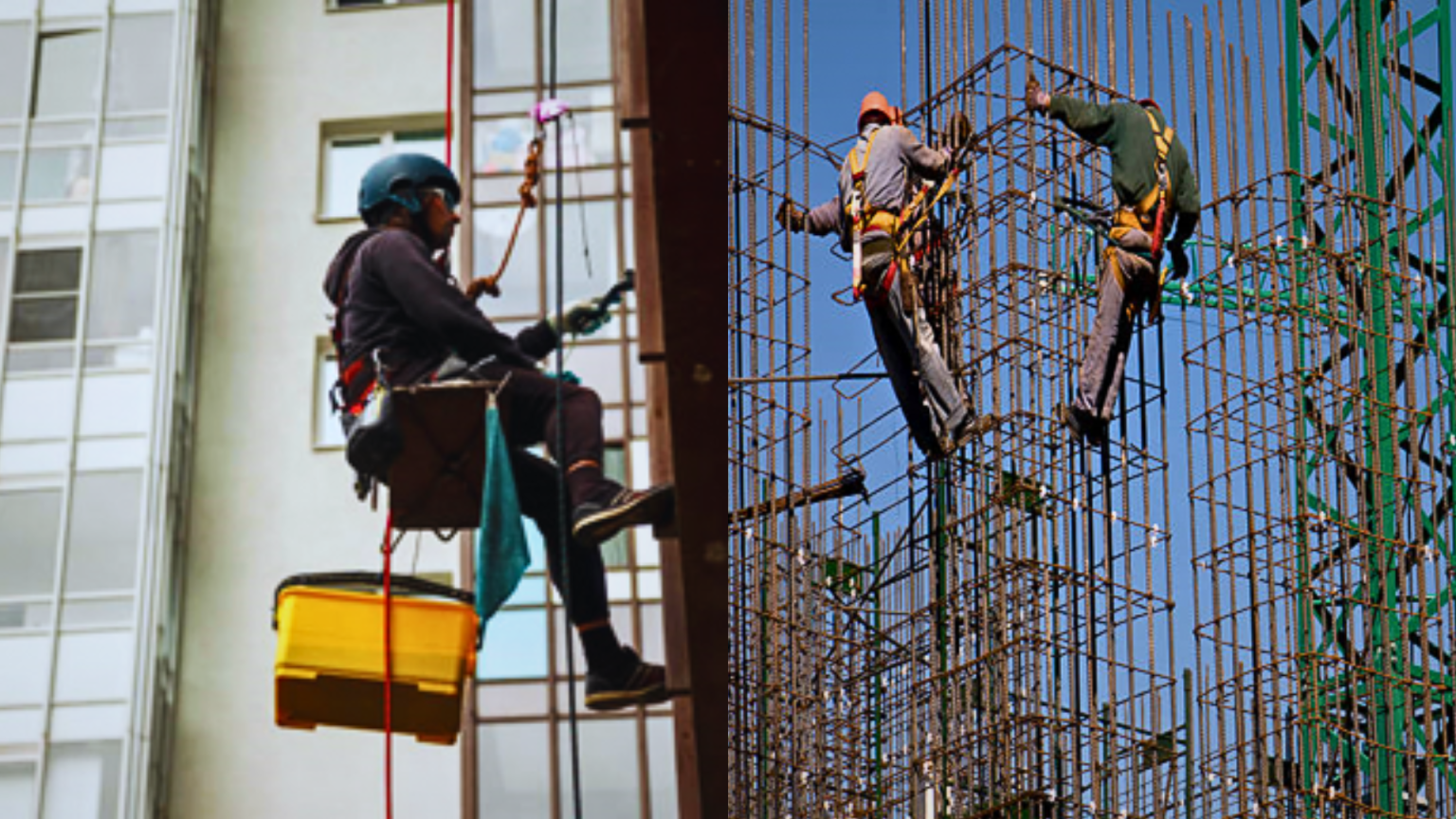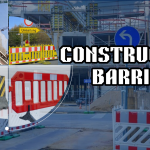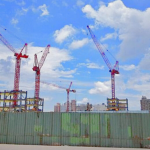
What is working at a height?
Working at height is still a big hazard in the construction industry, resulting in fatalities and serious injuries to workers. It encompasses a wide range of activities and job tasks that involve working on platforms, ladders, scaffolds, roofs, or other raised surfaces or structures. This kind of work is common in various industries, including construction, maintenance, window cleaning, painting, and more.
Working at height activities can include tasks like:
- Construction Work Building, renovating, or repairing structures that require employees to work on scaffolds, elevated platforms, or at height.
- Maintenance and Repairs. Tasks such as roof repairs, gutter cleaning, or maintenance of elevated equipment.
- Painting and Decorating. Painting or decorating walls, ceilings, or exterior surfaces that require the use of ladders, scaffolding, or other elevated platforms.
- Electrical Work Installing, repairing, or maintaining electrical systems or equipment at elevated locations.
- Tree trimming and arboriculture activities involving climbing trees or using specialized equipment to trim, prune, or maintain trees.
- Window Cleaning. Cleaning windows on multi-story buildings using equipment like scaffolds, cradles, or rope access techniques.
- Installation and Inspection. Installing, inspecting, or maintaining equipment, signage, or structures at elevated positions.
- Industrial Work. Tasks in industrial settings, factories, warehouses, or manufacturing plants that involve working on elevated platforms, mezzanines, or machinery.
- Telecommunication and Tower Work. Maintenance, construction, or inspection work on telecommunication towers, transmission towers, or similar structures.
Working at Height Safety Tips
Working at height comes with inherent risks, so ensuring safety is paramount to prevent accidents and injuries. The Bureau of Labor Statistics, said there were 700 fatalities due to falls from height in 2022 across the US. Here are essential safety tips for working at height:
Risk Assessment
- Conduct a thorough risk assessment to identify potential hazards associated with the specific task and location where work at height is required.
Proper Training
- Ensure workers are adequately trained in working at heights, including the correct use of equipment, safety procedures, and emergency protocols.
Use Appropriate Equipment
- Select the right equipment for the job, including ladders, scaffolds, or lifts
- Ensure all equipment is in good condition and complies with safety standards.
Fall Prevention and Protection
- Wherever possible, prioritize fall prevention over fall arrest by using guardrails, safety nets, and other protective measures.
- Provide personal fall protection equipment (PFPE) like harnesses, lanyards, and lifelines for individual fall protection.
Anchorage Points
- Ensure that anchorage points for lifelines and lanyards are secure, strong, and suitable for the intended purpose.
- Anchor to a structure capable of supporting the load in case of a fall.
Safe Ladder Use
- Use ladders in good condition and at the correct angle. Follow the “3-point contact” rule when ascending or descending.
- Never stand on the top two rungs of a ladder.
Scaffold Safety
- Erect and use scaffolds according to manufacturer instructions and industry standards.
- Ensure scaffolds are adequately supported and equipped with guardrails, toe boards, and access points.
Safe Work Positioning
- Maintain a safe work position, staying centered on platforms or within guardrails while working at height.
- Avoid overreaching, which can lead to loss of balance and falls.
Weather Awareness
- Be mindful of weather conditions and postpone work if it’s windy, rainy, snowy, or icy, as these conditions increase the risk of falls.
Regular Inspections
- Conduct daily pre-work inspections of equipment, structures, and work areas to identify any defects, damage, or potential hazards.
- Encourage workers to report any safety concerns or hazards they observe.
Clear Work Area
- Encourage workers to report any safety concerns or hazards they observe.
Tool and Material Management
- Secure tools and materials to prevent them from falling or causing hazards to those working below.
Emergency Preparedness
- Establish and communicate emergency procedures, including rescue plans, to respond effectively in case of an accident.
Clear Communication
- Establish clear communication protocols and ensure workers can communicate effectively while working at height.
- Use radios or signaling systems to maintain communication between workers.
Health Checks
- Ensure that workers are fit for duty and free from medical conditions that may affect their ability to work safely at height.
Personal Protective Equipment (PPE)
- Provide and enforce the use of appropriate PPE, including hard hats, gloves, eye protection, and non-slip footwear.
Supervision and Accountability
- Assign a competent person to supervise work at height and ensure compliance with safety procedures.
- Hold workers accountable for following safety protocols.
Continuous Training
- Regularly provide additional training and refresher courses on working at height and safety measures.
Compliance with Regulations
- Adhere to all relevant local, regional, and national safety regulations and standards specific to working at heights.
Also Read:
- Personal Protective Equipment
- Hard Hat Color Codes
- Demolition Techniques
- Construction Barrier
- Concrete Spalling: Causes and How It Can Be Prevented
Working at height presents significant risks, including the risk of falling, which can result in serious injuries or fatalities. Due to these risks, it’s essential to have appropriate safety measures, training, and equipment in place to ensure the safety of workers involved in any work at height. This includes following safety protocols, using safety equipment such as harnesses and lanyards, and implementing fall protection systems to minimize the risk of accidents.
By implementing these safety tips and fostering a strong safety culture, you can significantly reduce the risks associated with working at height and ensure the well-being of workers.




